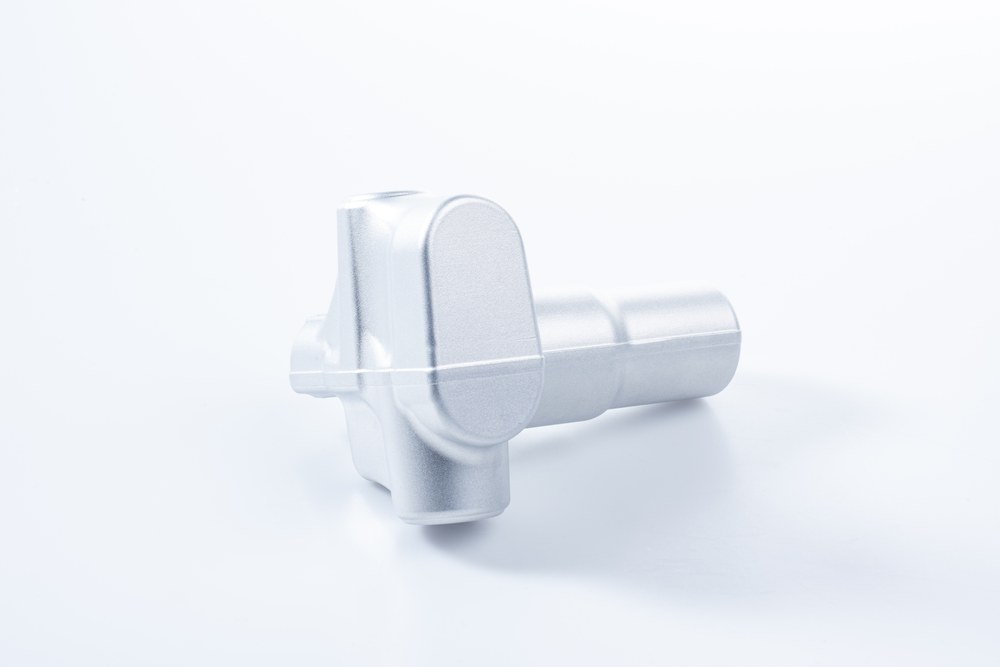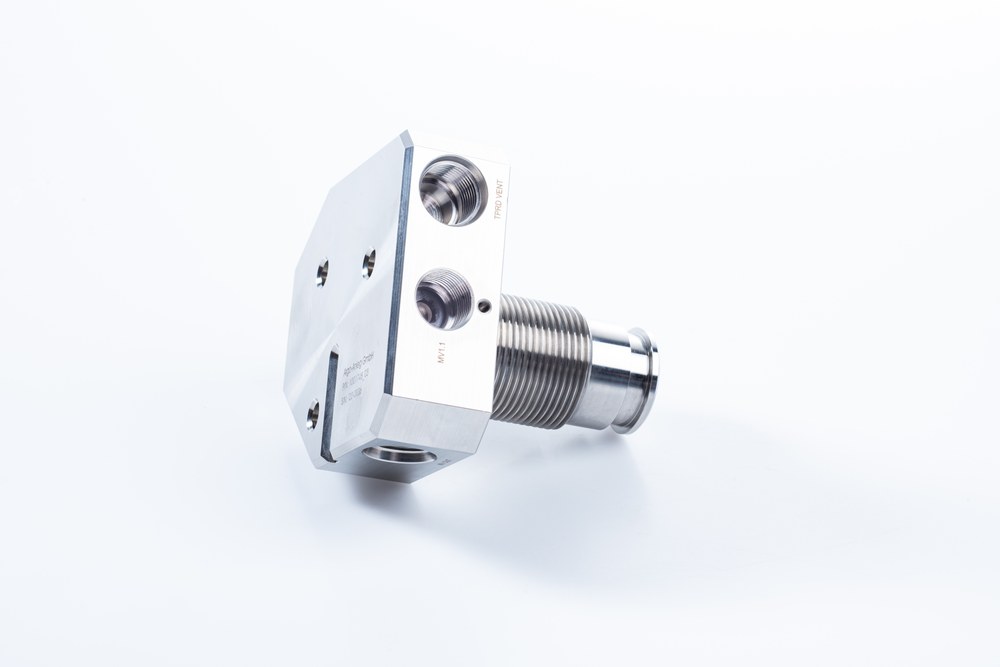Scandium is an alloying element that has been known for some time and can greatly improve the mechanical properties of aluminium alloys, particularly their strength properties. The high price of scandium and the monopoly position of individual countries in its supply have so far prevented the widespread use of aluminium-scandium alloys (Al-Sc alloys).
In recent years, Canadian, Australian and European initiatives have succeeded in opening up new deposits and developing new process routes for scandium extraction. For example, what is believed to be the largest deposit of rare earths (including scandium) was recently discovered in Kiruna in northern Sweden. This is expected to lead to a significant reduction in the current price of scandium, resulting in a wider range of applications.
The aim of the AluScaL project is to demonstrate the process chain from raw material extraction, alloy development and production through to the component and to prove its suitability for lightweight construction and hydrogen applications.
A hydrogen valve from Argo-Anleg GmbH serves as a pilot application. Gränges Powder Metallurgy GmbH is investigating spray compacting in more detail for the production of semi-finished products and powder. The companies Rosswag GmbH and LEIBER Group GmbH & Co. KG, the actual component production takes place. At Rosswag GmbH, the valve is additively manufactured and at the LEIBER Group, a classic forging process is used for production.

Gühring KG is developing appropriate cutting tools for the final machining process. The Helmholtz-Zentrum Berlin für Materialien und Energie GmbH (HZB Berlin) and the German Aerospace Centre (DLR, Institute of Vehicle Concepts) are providing scientific support for the project. Both research institutions are members of the Helmholtz Association. The HZB is responsible for alloy development and in-situ analyses. DLR is the consortium leader and is working on the characterisation and simulation of the newly developed Al alloys in the project. As associated partners, Rio Tinto Alcan International from Canada, Recaro Aircraft Seating GmbH & Co. KG and Liebherr-Aerospace Lindenberg GmbH are supporting the project as associated partners. The Al-Sc-Master-Alloy is provided to the consortium by Rio Tinto. Rio Tinto is also supporting the project with its expertise in the field of alloy development. For the partners Recaro Aircraft Seating and Liebherr-Aerospace, the focus is on the respective application and technology transfer to other industries.
This broad-based and efficient consortium makes it possible to fully analyse and evaluate the alloy systems and assemblies developed. In this way, new applications can be developed and the potential of Al-Sc alloys can be fully utilised across all industries. In addition, an important contribution is made to technological leadership in the field of hydrogen technologies in Germany.

